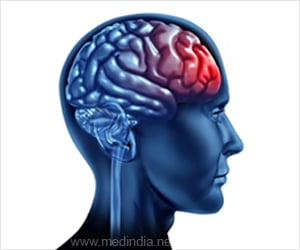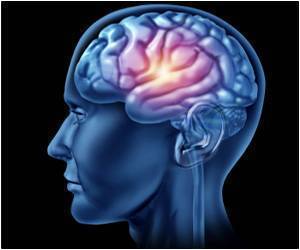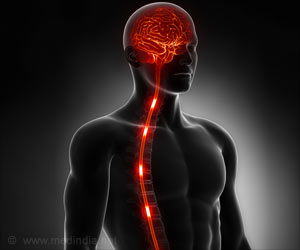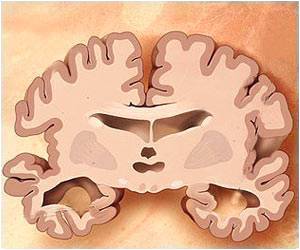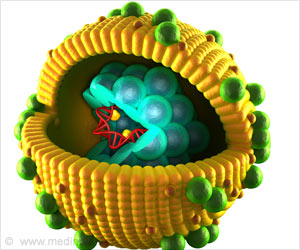The brain has hidden ways to cope with stress-related disorders like VWMD. Scientists uncover how cells adjust key pathways to maintain function.

‘Did You Know?
The brain can rewire stress responses to fight disease, offering hope for treating Vanishing White Matter Disease ! #VanishingWhiteMatter #BrainHealth #Neuroscience #medindia’





The brain can rewire stress responses to fight disease, offering hope for treating Vanishing White Matter Disease ! #VanishingWhiteMatter #BrainHealth #Neuroscience #medindia’
Advertisement
Understanding The Disease and Its Impact
Vanishing White Matter Disease (VWMD) is a rare neurodegenerative disorder caused by reduced activity of eIF2B, a key protein complex involved in the brain's stress response. This defect leads to white matter degradation, affecting movement, cognition, and survival. Patients experience progressive neurological decline, often worsened by stress or infections. Despite its severity, the brain attempts to counteract this dysfunction through adaptive mechanisms (1✔ ✔Trusted SourcePlasticity of the mammalian integrated stress response
Go to source).
Advertisement
Cells Adapt to Stress Dysregulation
In response to impaired eIF2B function, cells reduce phosphorylation of eIF2£\ (eIF2£\-p), a crucial regulator of the integrated stress response (ISR). By lowering eIF2£\-p levels, cells balance protein synthesis and prevent excessive stress-induced damage.This surprising plasticity suggests that even when a fundamental pathway is disrupted, the brain can adjust its biochemistry to sustain cellular function.
Potential for Future Treatments
Understanding these adaptive responses opens new possibilities for treating VWMD and similar disorders. Targeting eIF2£\-p regulation could help restore balance in the stress response, potentially slowing disease progression. Researchers are now exploring whether this mechanism can be leveraged for therapeutic interventions, offering hope for patients facing currently untreatable neurodegenerative conditions.Reference:
- Plasticity of the mammalian integrated stress response - (https://www.nature.com/articles/s41586-025-08794-6)
Source- Case Western Reserve University


